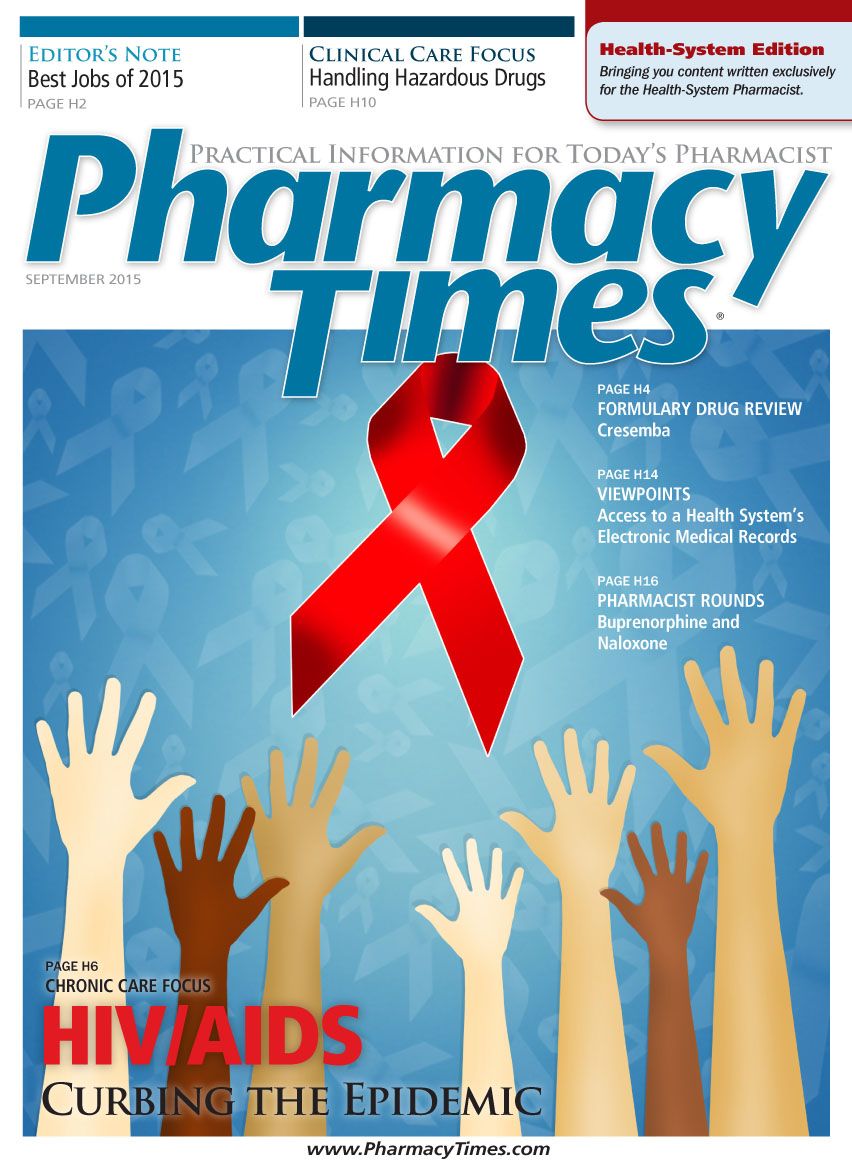Publication
Article
Pharmacy Practice in Focus: Health Systems
Acute Pain Management for Patients Maintained on Buprenorphine and Naloxone Therapy
Author(s):
Buprenorphine and naloxone (Suboxone) is a mu-opioid receptor partial agonist and a kappa-opioid receptor antagonist used to treat opioid dependence.
Background
Buprenorphine and naloxone (Suboxone) is a mu-opioid receptor partial agonist and a kappa-opioid receptor antagonist used to treat opioid dependence. Its use has skyrocketed in the United States, surpassing Viagra and Adderall. The US government helped in the development of the drug and promoted it as a safer, less stigmatizing alternative to methadone. In addition to its legally prescribed use, however, it has now become a street drug.
With the increasing number of patients using buprenorphine and naloxone being admitted to the hospital, how should hospital pharmacy staff best handle pain management in the acute setting for these patients?
General Principles
- Inform the patient of your awareness of his or her addiction and provide reassurance that a history of opioid addiction will not be an obstacle to acute pain management.
- Include the patient in the decision-making process to allay anxiety about relapse. Offer addiction counseling as needed. Patients who are opioid dependent should not be denied pain treatment with opioids when medically indicated.
- Maintenance opioids should not be expected to adequately treat new onset acute pain, and discontinuation of buprenorphine and naloxone therapy in patients experiencing acute pain will increase the patient’s requirement for acute analgesic relief.
The conversion process involves several steps:
- Determine when the last dose of buprenorphine and naloxone was ingested, and temporarily stop use of the drug.
- Consider regional anesthesia or a high-potency opioid, such as fentanyl, for pain management.
- Provide adequate opioid analgesia, and titrate to effect. It is good practice to know the usual doses needed for patients with a history of opioid addiction. Discuss with your colleagues and remember that patients who are opioid dependent and who have recently received buprenorphine and naloxone therapy will likely need higherthan- usual doses of opioid analgesics due to their physical tolerance and/or narcotic blockade from recent doses of buprenorphine and naloxone.
- Monitor/caution patients regarding the potential for oversedation during the first 72 hours after the last buprenorphine and naloxone dose. Although the initial effect of a full agonist may be blocked by buprenorphine, the full agonist effect may become clinically evident as this blockade fades.
- Do not provide buprenorphine and naloxone while patient is receiving opioid analgesia.
- Discontinue opioid analgesia once pain has remitted or can be managed with nonopioid analgesia.
- Allow the patient to experience mild-to-moderate opioid withdrawal for safe re-initiation of buprenorphine and naloxone therapy.
- Re-induce the patient onto buprenorphine and naloxone therapy as per the usual induction procedure by the authorized physician. Communication between the institution and the authorized prescriber is essential.
Ed Sredzienski, MSPharm, is a clinical specialist in the surgical intensive care unit/trauma intensive care unit at UNC Hospitals.
Resources
- Macintyre PE, Russell RA, Usher KA, Gaughwin M, Huxtable CA. Pain relief and opioid requirements in the first 24 hours after surgery in patients taking buprenorphine and methadone opioid substitution therapy. Anaesth Intensive Care. 2013;41(2):222-230.
- Daitch J, Frey ME, Silver D, Mitnik C, Daitch D, Pergolizzi J Jr. Conversion of chronic pain patients from full-opioid agonists to sublingual buprenorphine. Pain Physician. 2013;15(suppl 3):ES59-ES66.







